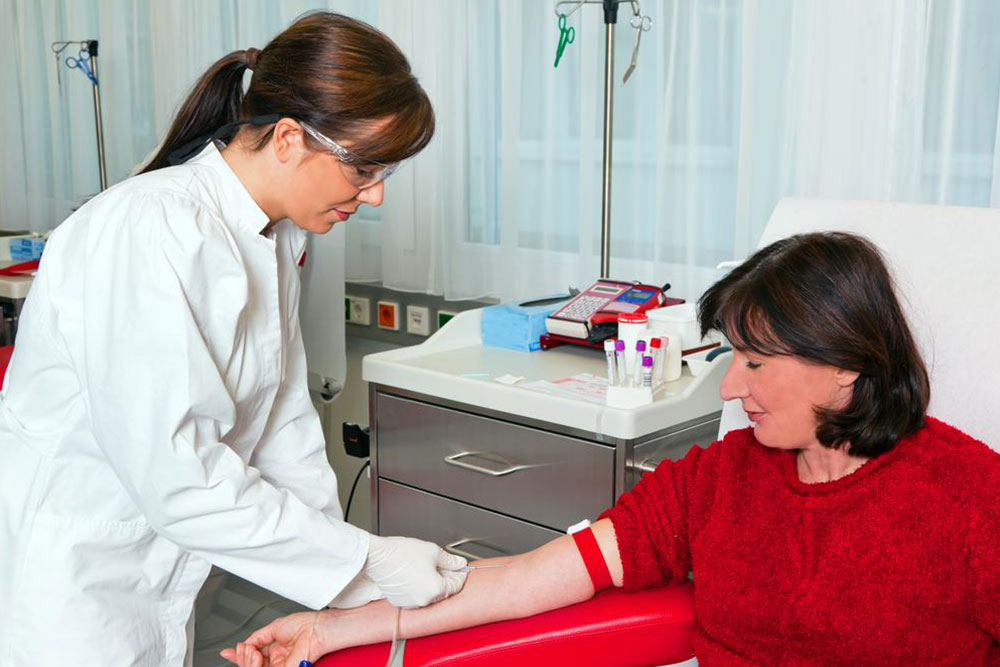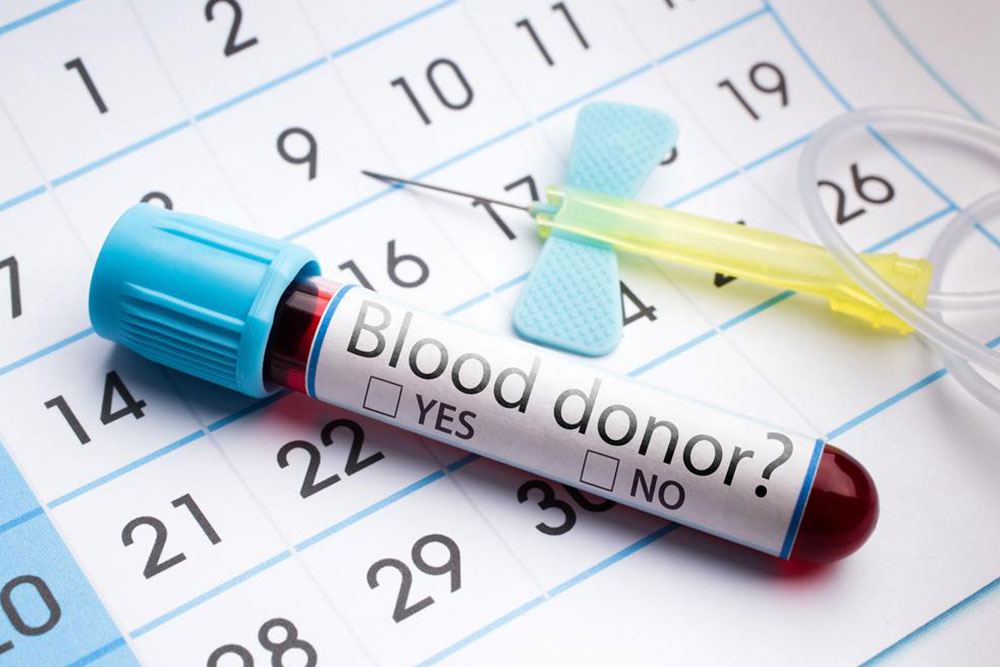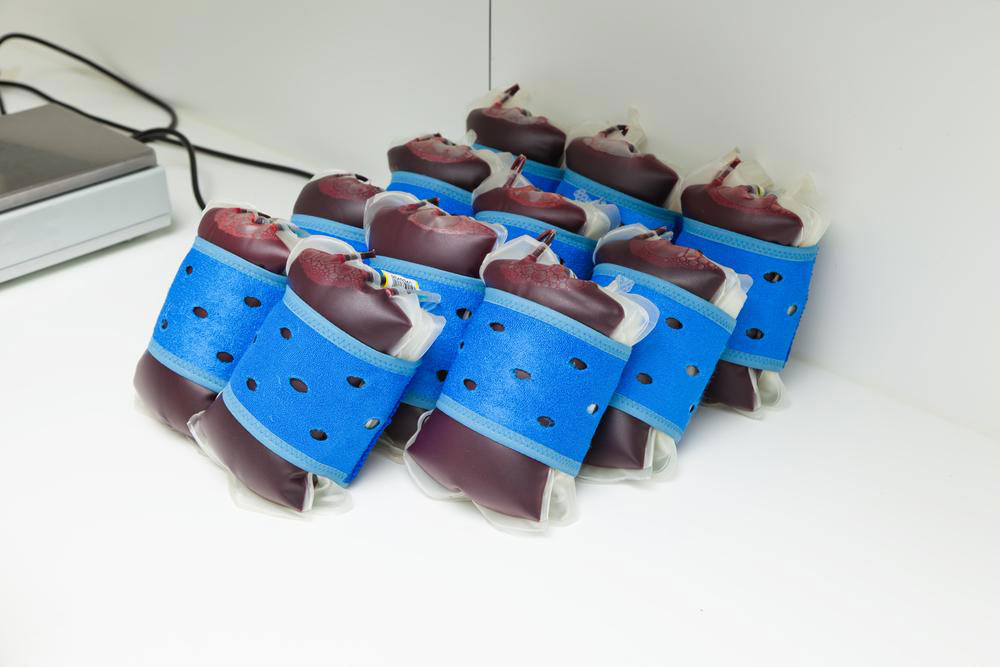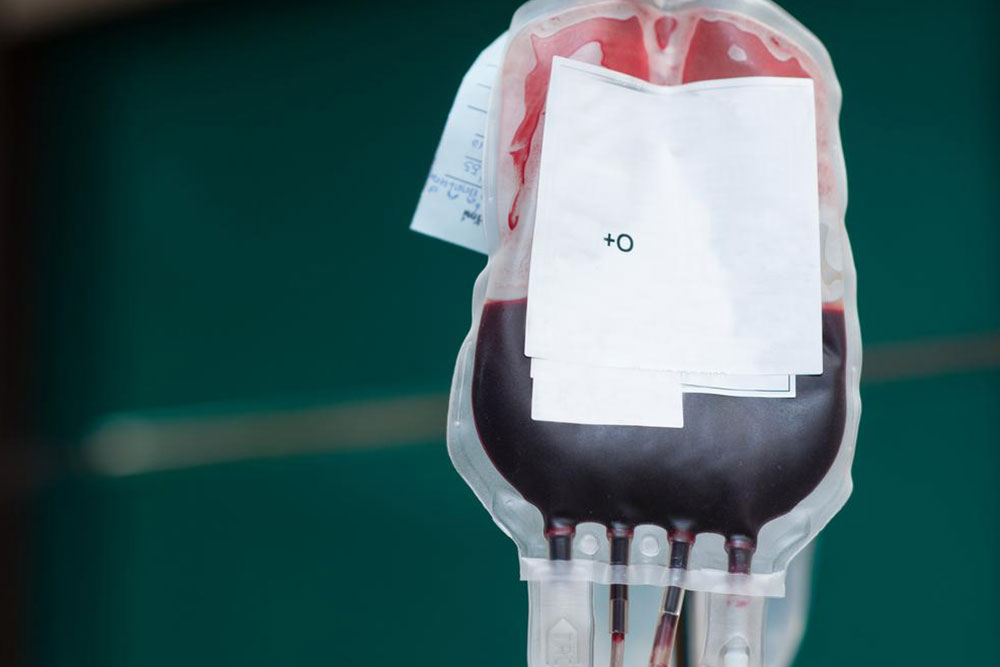Top Leading Cord Blood Banking Services for Future Health Needs
Discover the leading cord blood banking options in the U.S., with options for private and public storage. Learn how these banks store stem cell-rich cord blood, which can help treat diseases like leukemia and anemia. Accredited facilities such as Cryo-Cell, Viacord, and Lifebank USA provide safe storage solutions. Explore resources to compare services and find the best fit for your family's future health needs.
Sponsored

Leading Cord Blood Banking Providers
Cord blood contains stem cells capable of treating numerous health conditions, such as certain cancers, blood diseases, and immune system disorders. Conditions like leukemia, aplastic anemia, Hodgkin's lymphoma, and non-Hodgkin’s lymphoma can potentially be managed with stored cord blood. Many U.S. blood banks specialize in storing cord blood for both family and public use, ensuring availability for emergency treatments.
It is estimated that over one million cord blood units are stored in family banks across the United States. The Be The Match Registry alone holds more than 225,000 donated units, with access to over 700,000 additional units via international partnerships.
Approximately five percent of new parents opt to bank their child's cord blood, primarily through family banks, with around 10 percent contributing to public banks. Some of the most renowned and longstanding private cord blood banks include Cryo-Cell, Viacord, and the Cord Blood Registry. Operating since the early 1990s, these facilities are accredited by the American Association of Blood Banks (AABB). Cryo-Cell is based in Oldsmar, Florida; Viacord in Cambridge, Massachusetts; and Cord Blood Registry in San Bruno, California.
Lifebank USA, located in Cedar Knolls, New Jersey, is another AABB-accredited private bank. It offers free storage of cord blood and placental blood, which contains stem cells capable of differentiating into skeletal tissues like bone, cartilage, and fat. Meanwhile, cord blood stem cells primarily develop into various blood cell types. Several online platforms such as parents.com, bioinformant.com, and aabb.org provide listings and comparisons of cord blood banks across regions.
Storing cord blood is a valuable option, especially as it is rich in potent stem cells that may prove beneficial during critical health moments.





